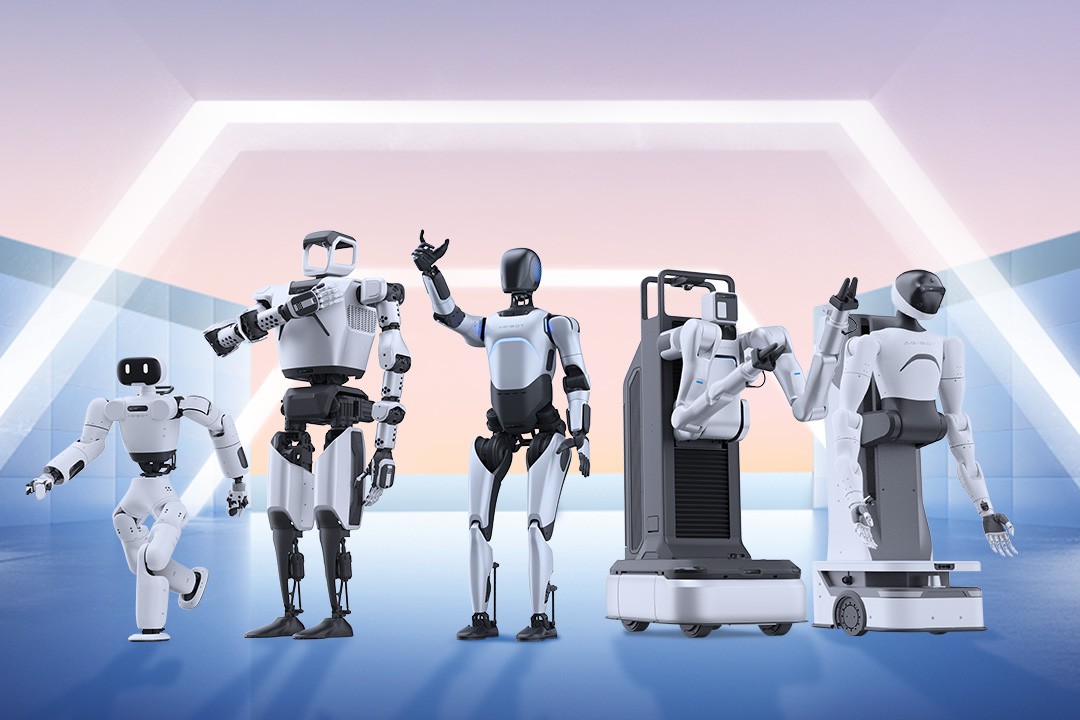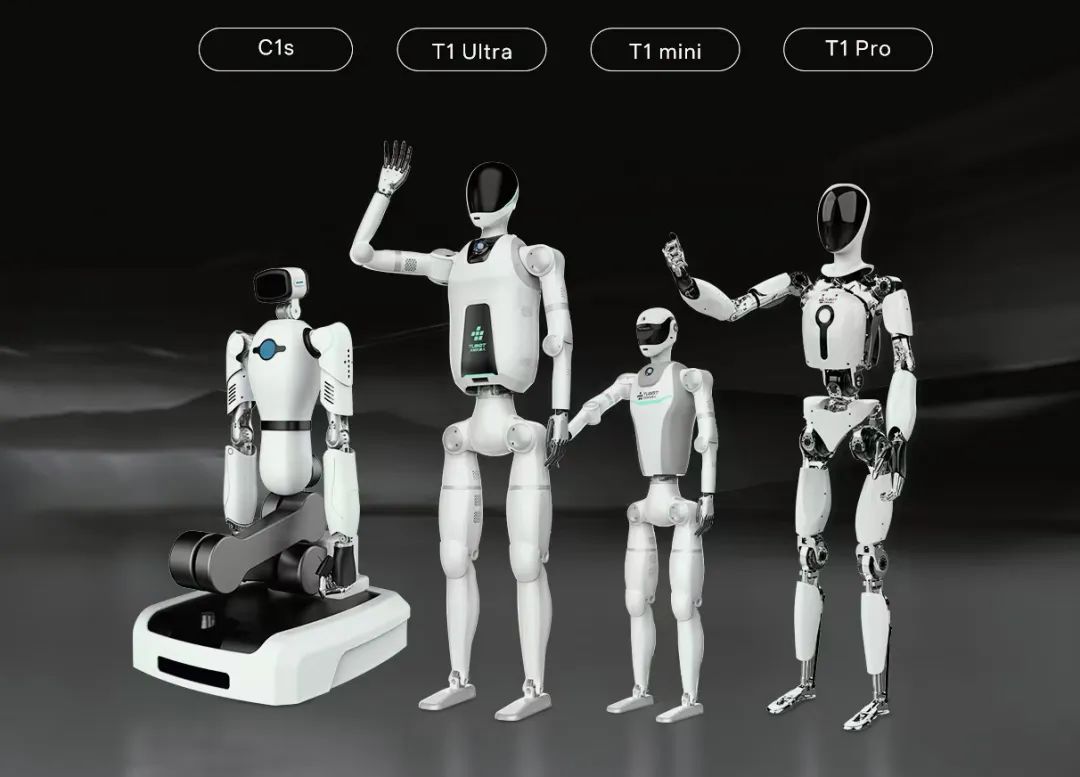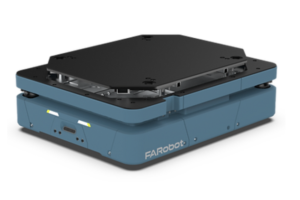Globally, the deployment of mass production bases for the humanoid robot industry is accelerating. This article highlights several representative humanoid robot production bases and examines the key factors shaping future industrial competition.
Figure AI – “BotQ”
Goal:Annual capacity of 12,000 units, aiming for 100,000 robots in four years
On March 16, 2025, Figure AI unveiled the design plan for its BotQ humanoid robot production line. The first-generation line will achieve an annual capacity of 12,000 units of its next-gen humanoid robot, Figure 03. The company plans to expand production to 100,000 robots and 3 million actuators within four years.

Figure AI emphasized a hybrid human-robot collaborative production model, gradually advancing toward the ultimate goal of robots autonomously manufacturing robots. The Figure 03 model, designed for cost-efficiency and mass production, is expected to enter full-scale production in early 2025 at a new facility. Initially, the company will adopt a cautious outsourcing strategy. Earlier models (Figure 01 and Figure 02) were not optimized for mass production, unlike the purpose-built Figure 03.

According to a February 15, 2025, Bloomberg report, Figure AI is negotiating with investors to raise $1.5 billion, which would value the company at $39.5 billion.
Agility Robotics – “RoboFab”
Goal:Annual production of 10,000 humanoid robots
In late 2023, Agility Robotics announced the construction of “RoboFab,” the world’s first dedicated humanoid robot factory, to scale production of its bipedal robot Digit. Located 30 miles from its Oregon headquarters, RoboFab has already begun assembling robots, with an initial annual output of several hundred units.
Agility Robotics CEO Peggy Johnson stated: “Digit has been in production for about a year. The 70,000-square-foot factory will eventually achieve an annual capacity of 10,000 units, a target we aim to reach in the coming years.” Designed for repetitive tasks, Digit targets labor shortages in logistics. Agility has partnered with Amazon and GXO Logistics to test Digit’s real-world applications.

Since its founding in 2015, Agility Robotics has raised $190 million. The fourth-generation Digit was released in October 2024, and the fifth-gen model will integrate AI and large language models to learn new skills and operate autonomously. Johnson emphasized the long-term vision of enabling robots to “self-evolve” and manufacture future versions of themselves.
Zhiyuan Robotics – Shanghai Humanoid Robot Factory
Goal: Establish the world’s largest robot production and data collection base
In March 2024, Lingang Group and Zhiyuan Robotics signed a strategic agreement to launch commercial mass production at Shanghai’s first humanoid robot factory in Lingang Fengxian. Subsidiaries of Lingang Group also signed purchase agreements with Zhiyuan. On August 18, 2024, Zhiyuan launched five commercial humanoid robot models under the “Yuanzheng” and “Lingxi” series. By October 2024, the Lingang factory began operations, featuring standardized production lines.

On January 6, 2025, Zhiyuan announced it had produced over 1,000 humanoid robots, making it the industry leader in volume. Founded by “Huawei Genius” Zhihui Jun, the company has completed eight funding rounds, including an A++++++ round in September 2024.
Tianlian Robotics – Zhuhai Humanoid Robot Base
Goal: Annual output of 1,000–3,000 humanoid robots
On March 5, 2025, Guangdong Tianlian Humanoid Robotics broke ground on a production base in Zhuhai’s Fushan Industrial Park. Upon completion, the facility will produce 18,000 harmonic reducers, 5,000 commercial robotic arms, and 3,000 humanoid robots annually, becoming Zhuhai’s first full-scale humanoid robot manufacturer.

The base, a subsidiary of Sichuan Tianlian Robotics, spans 34,000 square meters. Phase one focuses on harmonic reducers and robotic arms, while phase two will scale humanoid robot production. Sichuan Tianlian, founded in 2012 and listed on China’s New Third Board in 2015, specializes in humanoid robots, collaborative robots, and core components.

Additional Players
Other companies are also expanding production. For example:
Leju Robotics delivered its 100th humanoid robot to BAIC Group in early 2025 from its Suzhou facility (200-unit annual capacity).
Zhongqing Robotics is building a production base in Hefei, Anhui, to strengthen its presence in East China.
Conclusion
The global race for humanoid robot mass production is intensifying. Companies are competing to dominate through technological innovation, manufacturing scale, and market applications. The future of this industry will hinge on who can secure the strategic high ground in these areas—a trend worth close observation.










